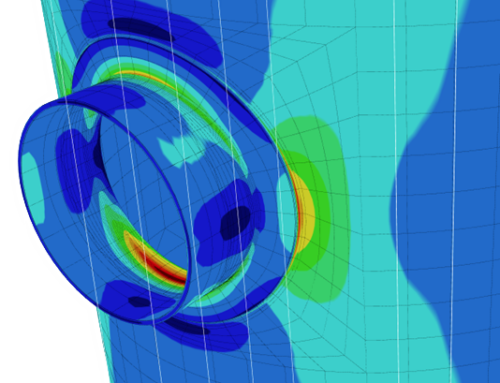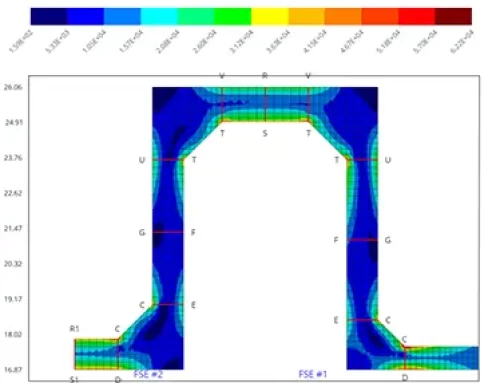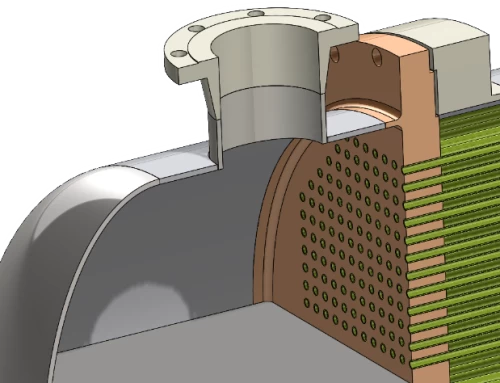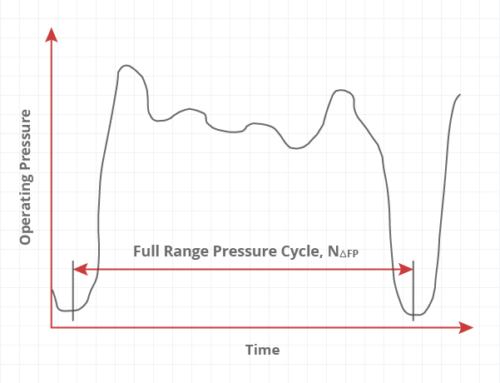Pressure Vessel Calculations and UG-22
Many of the pressure vessel calculations needed to properly design a vessel or exchanger are not, by design, contained in the ASME VIII BPVC itself. To produce a complete set of pressure vessel calculations that comply with both customer’s specifications and ASME VIII, paragraph UG-22, a number of additional engineering references are needed. To meet this requirement, COMPRESS and INSPECT implement a wide range of related Engineering Methods, Codes and Standards including:



